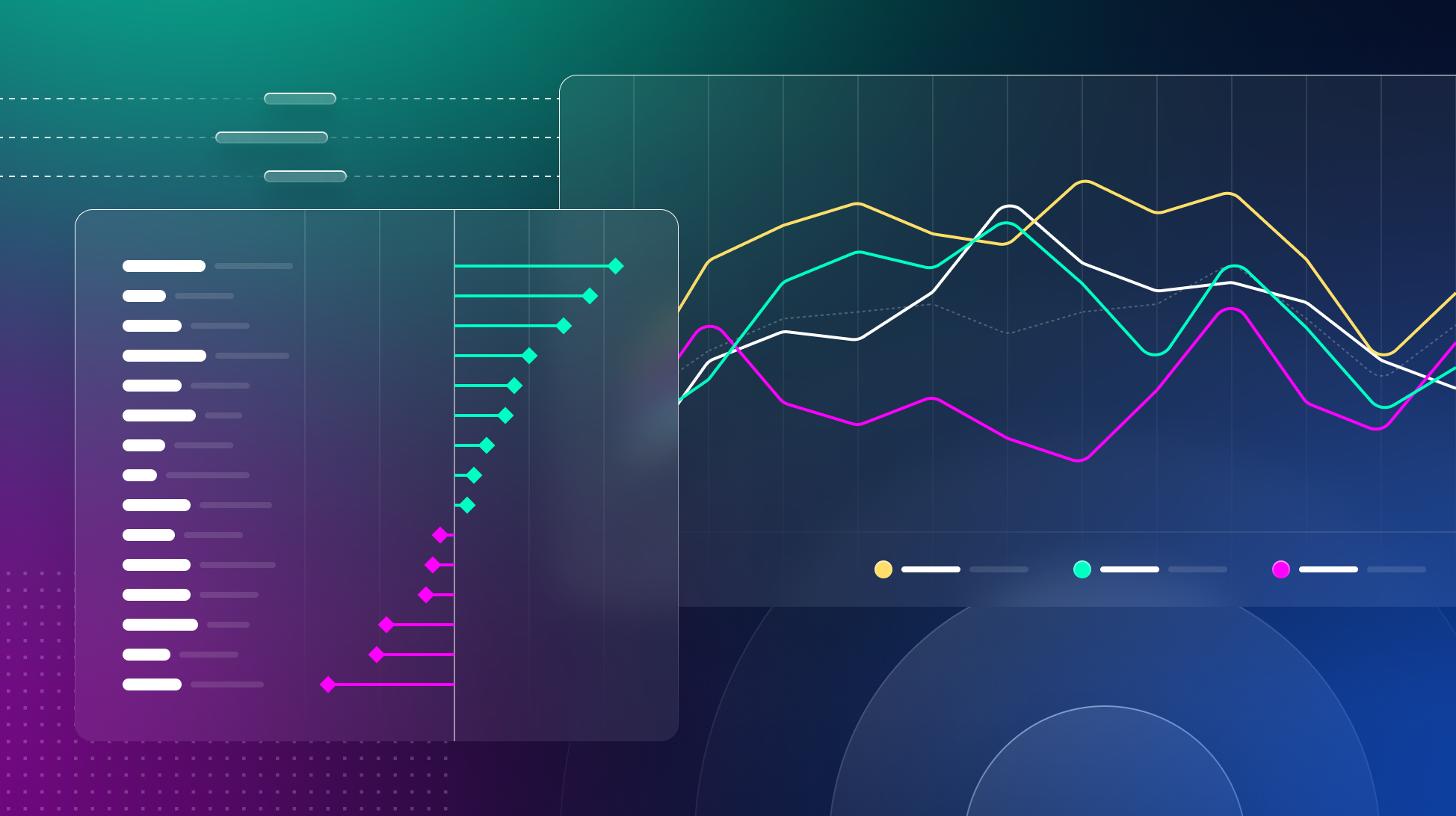
Introducing Design System Archetypes: Mapping Tool 2.0
Explore the updated Design System Mapping Tool with its new features. Understand your unique design system better with data-driven questions and Design System Archetypes.
It's been almost a year since we released the Design System Mapping Tool and the response has been incredible. We've learned a lot about design systems as a whole. And we've seen teams continue to utilize the Mapping Tool in ways we did and didn't expect. We set out on a mission to continue investing in the Mapping Tool to ensure teams can understand their design systems better and align on their path moving forward. So, without further ado, here's everything you need to know about the second iteration of the Design System Mapping Tool.
Why the change?
The Mapping Tool was the first of its kind in the design system space. There's a fun side to it, which we wanted to refresh. But also a serious alignment and planning component, which we wanted to refine and make sure teams are getting the most out of.
We designed the test in a way that allowed teams to sit together and compare the results of how they perceived their design system and its governance. And we've been very encouraged to see this and many other use cases being used throughout the year.
What's new in version 2 of the Mapping Tool?
Data-driven question adjustment
Our initial version offered valuable insights by aligning design systems with how users answered their questions. However, based on extensive user feedback and thorough data analysis, we've refined our questioning process to minimize central bias (where people avoided polarizing answers and questions).
We adjusted some of the questions to make them more balanced and less biased to a certain answer. We also changed the answer options from:
- Strongly Agree → Agree
- Agree → Somewhat Agree
- Disagree → Somewhat Disagree
- Strongly Disagree → Disagree
This means the tool now adjusts its questions dynamically to yield more reliable and precise answers, ensuring that you're seeing more unique results and characterization of your design system.
Introducing the Design System Archetypes
For version one of the Mapping Tool, we originally intended to create a set of archetypes for design systems you can match with. The idea of a 'personality test for your design system’ works best with a specific set of personalities. However, design systems are infinitely unique. By design, they are systems tailor-made to cater to your specific design process. And it wouldn't make sense to have 20+ different archetypes. So, we set it aside to focus on the data and let the results tell us of the different types of design systems out there and inform the archetypes.
We focused on making the archetypes more about the intent and direction of your design system rather than, for example, how many components you have or whether or not you're using aliased tokens or Figma variables. And to keep it simple and digestible, we abstracted them into four distinct archetypes. Designed as constellations keeping with the star mapping theme, we have:
Rocket Design System: Blast off to Innovation

For teams that thrive on innovation and rapid growth, the Rocket archetype design system propels them forward. It's designed to foster experimental approaches and encourage the creation of a playground of building blocks for designers and engineers.
Example: Mews Design System — Pushing the boundaries driving growth at Mews with seamless and delightful experiences.
Shield Design System: The Bastion of Consistency

Ideal for organizations prioritizing a stable and unified user experience, the Shield archetype design system focuses on strength and protection. It enforces consistency and centralized governance, creating a reliable environment that's ready for any challenge.
Example: Bank of Canada Design System — Consistency and reliability plays a critical role in banking systems.
Kite Design System: Colorful Adaptability in the Sky

If flexibility and creativity are your mainstays, the Kite archetype design system will let your ideas soar. This system thrives on a decentralized approach, supporting a broad range of themes and inviting diverse experiences as vibrant as a kite in the sky.
Example: NewsKit by News U— Caters to wide range of experiences devices, platforms, and teams with constantly evolving visual expression.
Compass Design System: Guiding Your Design Journey

For those seeking a balanced and guided approach, the Compass archetype design system provides direction. It combines a centralized structure with controlled flexibility, ensuring that your design journey remains coherent and collaborative across all platforms.
Example: Backpack by Skyscanner — Centralized approach to an steadily growing platform.
When you take the Design System Mapping Test now, you'll go through the questions and, at the end, still get your set of scales, now hopefully even closer attuned to your answers and the archetype you most closely match with.
If you've taken the Mapping Test before, we encourage you to see where your design system stands now, and if it's your first time, we can't wait to hear your results! Join the discussion on X(formally Twitter), and stay tuned for more to come.



